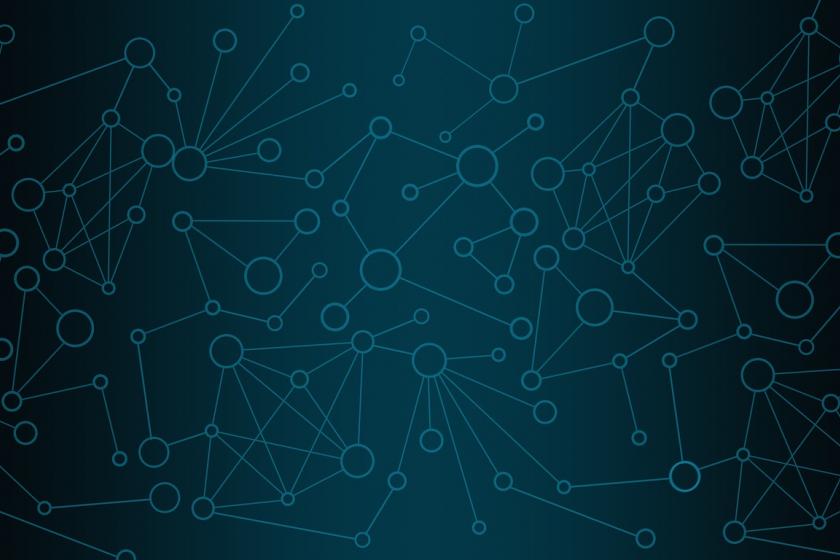New LPWAN Applications Expand Use Cases
Lower-power, low-cost services offer tracking and connections to patients, agriculture.
September 30, 2019

Long viewed by enterprises as a solution for connecting far-flung fixed devices, use of Low-Power WANs (LPWAN) is expanding into asset tracking of mobile items from pets to parcels.
In addition to helping companies better manage their supply chains and provide visibility into core processes, researchers claim health monitoring, and smart(er) agriculture are also emerging as fertile ground for low-speed IoT applications.
LPWAN is an umbrella term that covers a variety of established technologies that can be used to support long haul IoT applications comprised of devices such as sensors. They’re connected to inexpensive radio units that use batteries to transmit small amounts of crucial data to a central location and can last ten years.
See also: Why Low-Power WANs Are Emerging as a Strong Option for IoT Apps
Tracking solutions are targeted at automakers, freight shipping firms, and logistics service providers. With asset tracking, enterprises pay per attached tracking device and in some cases, the amount of data tracked. They can get a dashboard and can often add data analytics and integrations with core company business applications.
Covering your assets
When it comes to shipping and transportation, supply chain managers are looking to asset tracking to prevent loss, rapidly address delays that could become costly, optimize routes for faster deliveries, and address the risk of theft and degradation of assets that require special environmental conditions be maintained. Many of those lacking necessary visibility are small and medium businesses (SMBs).
As is the case with virtually all asset tracking IoT apps, the goals are to track the location of the asset and monitor its contents (as is the case with shipping businesses). It’s argued that current asset tracking approaches for supply chains can be costly and cumbersome, making the LPWAN approach attractive to those seeking visibility without breaking the bank.
Using an LPWAN along with low-cost rental devices is aimed at keeping costs down and providing supply chain visibility to have-nots. In shipping, for example, a sensor is often attached to every pallet, container and/or package in a truck. Buying them in large volume can result in a sizable capital expenditure.
NB-IoT asset tracking
In launching its narrowband-IoT-based (NB-IoT-based) asset tracking solution with RoamBee in July, T-Mobile estimated 77% of firms have limited to zero visibility into their supply chains. The solution is a Platform-as-a-Service offering featuring a combination of licensed capacity on the carrier’s LPWAN, $10 a month per-device charge and includes data.
NB-IoT LPWANs - which are also offered by AT&T and Verizon - should prove a solid match for asset tracking as they support a maximum data rate of roughly 200 kbps, which is greater than competitors pitching networks using Sigfox (100 bps) and LoRa (50 Kbps) technologies.
With its NB-IoT solution, T-Mobile includes unlimited transmissions at up to 64 kbps upload and 20 kbps download.
Advantage GPS?
Though typically more expensive than NB-IoT, Global Positing System (GPS) provides benefit not available from network operator-provided LPWAN services and solutions.
Wireless operators claim to provide nationwide NB-IoT networks. However, there are areas where they have limited or no coverage. Satellite systems-based GPS offers blanket coverage. NB-IoT networks, like T-Mobile’s, don’t support roaming, so coverage remains an issue. Finally, GPS tracking is available beyond the U.S., which is a big plus for shippers whose freight crosses country boundaries.
Together, these features are why many transportation and shipping companies have long relied on GPS-based asset tracking, which is more robust than what’s offered via LPWANs.
The human asset
In healthcare, talk of patient monitoring using LPWAN services is gaining interest after forward-thinkers decided that smartwatches should be the device through which health is monitored.
Smartwatches will be a strong entry point as an estimated 17% of U.S. broadband households own a smartwatch, according to researcher Parks Associates. "The low-power aspect of LPWAN will help extend the battery life on smartwatches, a key demand among smartwatch owners, while still maintaining strong connectivity," according to its recent report.
Making agriculture smarter
Though not an IoT application that requires a mobility element, connecting crops and livestock in agriculture is seen as fertile ground for LPWAN use if it can be offered in a way that farmers with limited technology use and big expenses can cost-justify.
In agriculture, it's envisioned that LPWANs would be used to collect data on the health of the animals, their location, and when they give birth. Purported benefits are improved yields, a higher-quality product, and greater insight for farmers to more efficiently manage their operations – including optimizing irrigation efforts.
If offered in an affordable manner, which means a low cost of entry for small and midsize farms, LPWANs should prove alluring for asset tracking. By 2024, over two million farms and 36 million cattle will be connected in IoT, according to ABI Research, a market advisory firm in a recent report.
Related Network Computing articles:
Talking IoT Standards with the Open Connectivity Foundation
About the Author
You May Also Like




